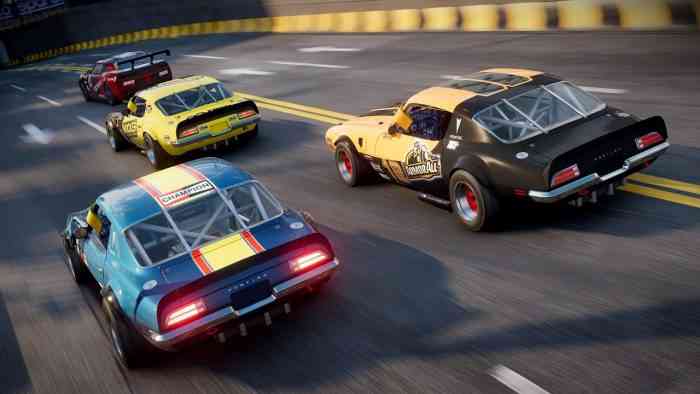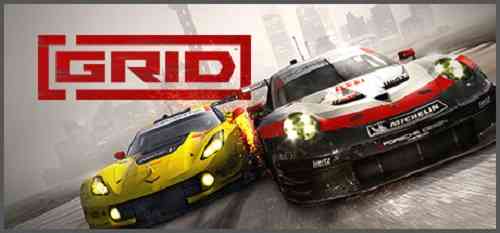GRID Preview
Racing games are generally a hit or miss with me, either being too much of a simulation or too much or an arcade racer. While both extremes have their respective markets, I personally prefer something in the middle, something relatively realistic but not too complex. While a few games may exist in this mold, I came away from my demo of GRID with a sense that the title is just what I have been looking for in a racer. Specifically, GRID gives players the ability to pick up and play from a variety of race types and cars while still allowing for the fine-tuning of difficulty as well as the controlling of cars. The fourth entry in the series, GRID makes a return to the current generation.
During my hands-on time with GRID, I took part in multiple events with various cars including GT, Touring, Muscle, Stock, and Modifieds. While I typically enjoy racing games with a focus on Modifieds, I found myself having a lot more fun than I expected with the Formula 1 cars. With each event that I participated in, I found one recurring theme: I was having fun with all of them. Each of the various cars and events has a unique feel to them, where different driving techniques are required in order to be successful. While I may have struggled with a particular event to start, I found myself quickly adapting to the cars thanks to a strong feedback system.
In speaking with the Principle Games Designer on GRID, Simon Barlow, there is a continued emphasis on finding the right balance between simulation and arcade and finding the proper way to represent the racing experience rather than simply perfecting the mechanics. If my time with the game is any indication, GRID has just about found it. No longer are players required to win races to proceed in the career mode, but simply completing events will continue to unlock new events. If players are struggling with a specific type of race or car, they will not be forced to endure the same event until conquered.
Solid Racing Experience
The racing in GRID is as you might expect in a racing game, being relatively tight with intuitive controls. A few instances in the race saw me overshooting corners or outright clipping them during a turn; however, all of my in-game mistakes were a direct result of user error. I never found the game to be unfair in terms of handling my vehicle, and each mistake helped me learn what not to do. The game is also relatively forgiving, with the ability to rewind time as well as being able to recover quickly. As I usually do, I found myself speeding into the inside tracks of corners, brute forcing my way to the front.
If this were to occur in real life, or even online, you would expect the accosted drivers to be mad at you. In GRID, they do get mad at you. The game features over 400 in-game drivers who you may encounter, each with their own tendencies and AI. Whether you continually crash into, tailgate, or otherwise annoy these drivers, you may become nemesis with them. When you acquire a nemesis, they may flash their lights at you, drive aggressively around you, or even try to avoid you depending on their behavior patterns. In one particular race, I attracted at least five nemeses as I barrelled through the pack at a corner, one of which was actually my teammate.
In addition to nemesis, you have teammates in GRID. These teammates can be controlled and provided with commands in order to help you win races. With both a nemesis and teammates involved in your races, the race experience itself feels more realistic than other titles in which the race itself was relatively tame. In my hands-on time with the game, there was always a rush of excitement as I was alerted to a new nemesis, and I think that could be a very interesting aspect of GRID’s long-term appeal.

Like most other racing games, GRID is aesthetically on point, with realistic vehicles, vibrant (when necessary) environments, and accurate vehicle damage. On the audio side, the game’s voice acting (when interacting with teammates) is clear, and the cars sound relatively realistic as well. Perhaps my favorite audio moment of the game was entering a tunnel on the Shanghai level, which distorted the sounds of the vehicles as one may expect when going through a tunnel.
I don’t often look forward to racing games, but my roughly one hour with GRID has me at least looking forward to the final product. As a casual fan of racing games that are not too unrealistic, GRID looks to fill in the midpoint between arcade and simulation. With a variety of race types and cars, along with an interesting nemesis system, GRID might find itself in a strong position within the genre.
*** Travel and access to preview event provided ***

